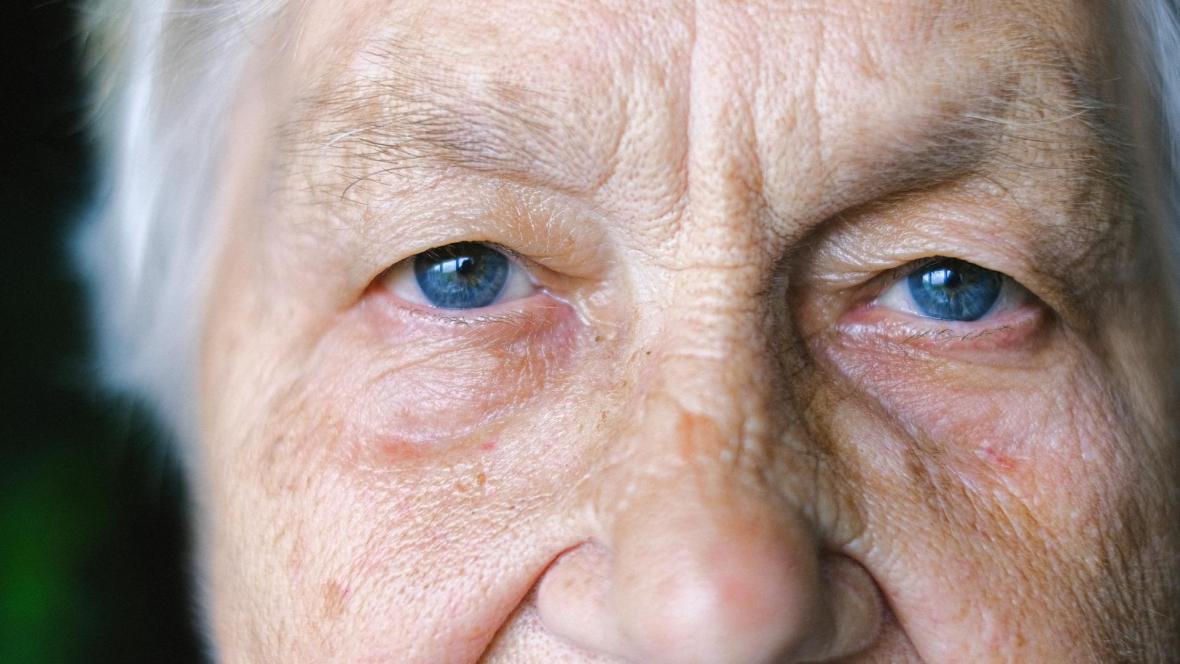The forgotten face of longevity has a woman’s name

They live longer, but not necessarily better. And yet, they remain the great invisibles in the debate on old age. It’s time to change that.
The Paradox of Living Longer… with Less
Women live longer. In almost every society, on every continent, across all income levels. The longevity gap between men and women remains steady: about five more years in their favor.
But this — seemingly — good news hides a persistent paradox: they live longer, but not necessarily better.
They reach old age with more chronic illnesses, more frailty, more dependency, and, in many cases, more loneliness.
Biology plays a role, yes, but what worsens the situation is a social structure that doesn’t retire when they do: imposed roles, precarious work trajectories, unpaid caregiving.
Double Discrimination: By Age and by Gender
Growing old as a woman doesn’t just add years: it adds inequalities. Age discrimination intertwines with gender inequality, compounding every vulnerability.
Many have limited their professional careers to provide care, worked in informal or low-paid sectors, or sustained households without economic recognition.
When old age arrives, that translates into lower pensions, more poverty, and greater vulnerability. If we add widowhood, loss of income, and lack of support networks, the risk multiplies.
And then stereotypes do the rest: the older woman still appears as the selfless caregiver or invisible figure. Rarely as a change agent, cultural reference, or community leader.
Where are their stories, their bodies, their desires?
Reimagining Longevity Through a Gender Lens
Faced with this invisibility, it becomes urgent to redefine longevity with a gender perspective. Not to victimize, but to recognize the diversity, talent, and voices of millions of older women.
Because there is no single way to be an older woman.
There are many. As many as there are life stories. As many as there are bodies.
An Urgent Agenda for Change
For this transformation to be real, good intentions are not enough: it is essential to change policies, systems, and narratives. We need, among other things, pension systems that recognize the value of unpaid caregiving work; healthcare that considers the specific needs of older women; effective mechanisms to address gender-based violence in later life; accessible housing and adapted transportation that guarantee autonomy; as well as cultural and educational programs designed with and for them.
And above all, public representations that make them visible, celebrate them, and name them with the dignity and diversity they deserve. Because without images, without stories, and without role models, there is no true inclusion.
Female longevity is not just a demographic fact: it is a historic opportunity to redefine what it means to age with fulfillment. The older woman is not only the one who cares; she can also be the one who creates, who leads, who transforms. And she has every right to do so without asking for permission, without having to justify her presence, and without being judged for her body, her age, or her level of dependency. Aging should not be synonymous with disappearance, and being an older woman must no longer be an identity without rights or narrative.
Without Gender, There Is No Inclusive Longevity
Talking about longevity without talking about gender is seeing only part of the problem… and of the solution.
If we want truly inclusive long-lived societies, older women must stop being the forgotten face of aging.
They must become what they already are: visible, diverse, and powerful protagonists of this new era.
They are already here.
We just need to see them.
We need to build — for them and with them — a future in which living longer also means living better: with rights, with recognition, and with the freedom to age as they choose.
Because longevity, if it’s not for everyone, is not fulfillment. And if it doesn’t include older women, it’s not justice.
What older women have been role models in your life?
